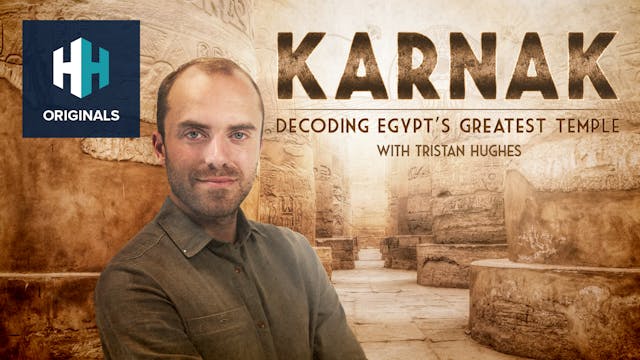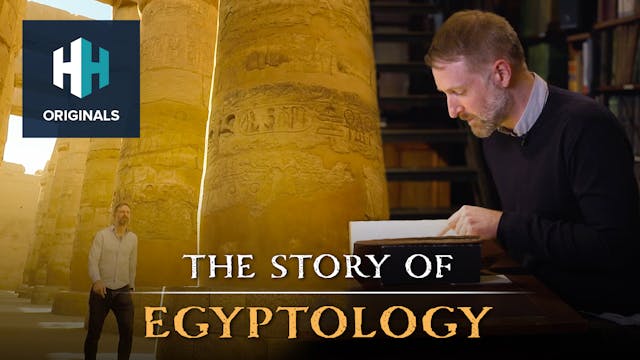Around 800 BC, Britain entered the Iron Age. This era saw the gradual introduction of iron working technology, although the general adoption of iron artefacts did not become widespread until after 500-400 BC.
As the Iron Age progressed through the first millennium BC, strong regional groupings emerged, reflected in styles of pottery, metal objects and settlement types. Technological innovation increased and the population of Britain grew substantially, probably exceeding one million. This population growth was partly made possible by the introduction of new crops, including improved varieties of barley and wheat, and increased farming of peas, beans, flax and other crops.
Join bushcraft and survival expert Ray Mears in the third and final episode of our Ancient Britain series, as he explores the relics of Iron Age Britain. On his journey, Ray visits the magnificent forts at Malvern Hills and a recreation of an Iron Age village at Butser Ancient Farm in Chalton.
Up Next in Ancient
-
Karnak: Decoding Egypt's Greatest Temple
History Hit’s ancient history expert, Tristan Hughes, digs deep into one of Ancient Egypt's greatest treasures, a site that ranks among the world’s most impressive religious sanctuaries in both its size, splendour and importance.
But there is another, fascinating side to exploring Karnak beyond ...
-
The Story of Egyptology
Egyptologist Dr Chris Naunton explores the story of how Ancient Egypt was rediscovered, and how its incredible sites and treasures were gradually decoded. Starting with the earliest travelers who ventured inside the pyramids, Chris traces how this curiosity exploded into Egyptomania in the 18th ...
-
Tutankhamun: A Century of Discovery
On November 4th 1922 a breathless archaeologist, who had spent his life working in Egypt, wrote a hurried diary entry: “First steps of Tomb Found”. This was the very moment that Howard Carter found the entrance to the tomb of Tutankhamun.
In this very special film, shot in Egypt and England, Dan...




46 Comments